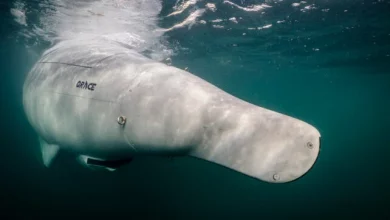NATO chief to visit South Korea, Japan next week

Stoltenberg to meet top officials, deliver remarks at think tank, university
NATO chief Jens Stoltenberg is set to visit South Korea and Japan next week, Seoul and the 30-member military alliance confirmed.
In Seoul on Jan. 29-30, the secretary general will meet South Korea’s Foreign Minister Park Jin, Defense Minister Lee Jong-Sup, and other senior officials.
He will also deliver remarks at the CHEY Institute, a South Korean think tank, and participate in a wreath-laying ceremony at the National Cemetery.
The trip comes as the government of President Yoon Suk Yeol has been “stepping up cooperation with NATO,” according to the Seoul-based Yonhap News Agency.
The Korean Peninsula is also witnessing heightened tensions as North Korea has launched a volley of missiles and projectiles since late last year, while South Korea and the US have cemented military ties with regular joint defense drills.
Yoon became the first South Korean leader to attend a NATO summit in Spain last June.
Following his Seoul trip, Stoltenberg will fly to Japan. In Tokyo from Jan. 30-Feb. 1, he will meet Prime Minister Fumio Kishida and other senior officials. He will also deliver remarks at the Keio University.





